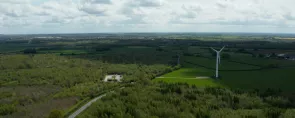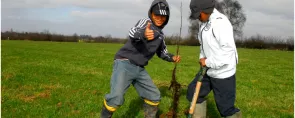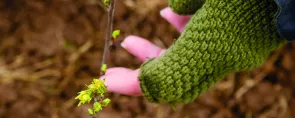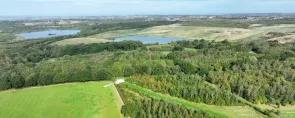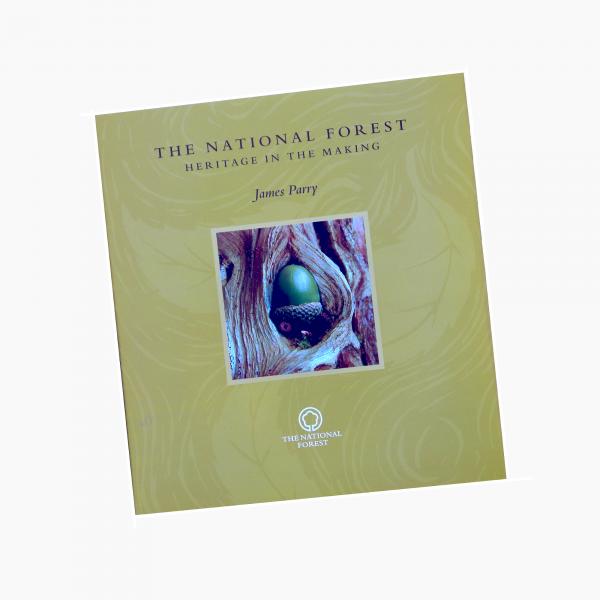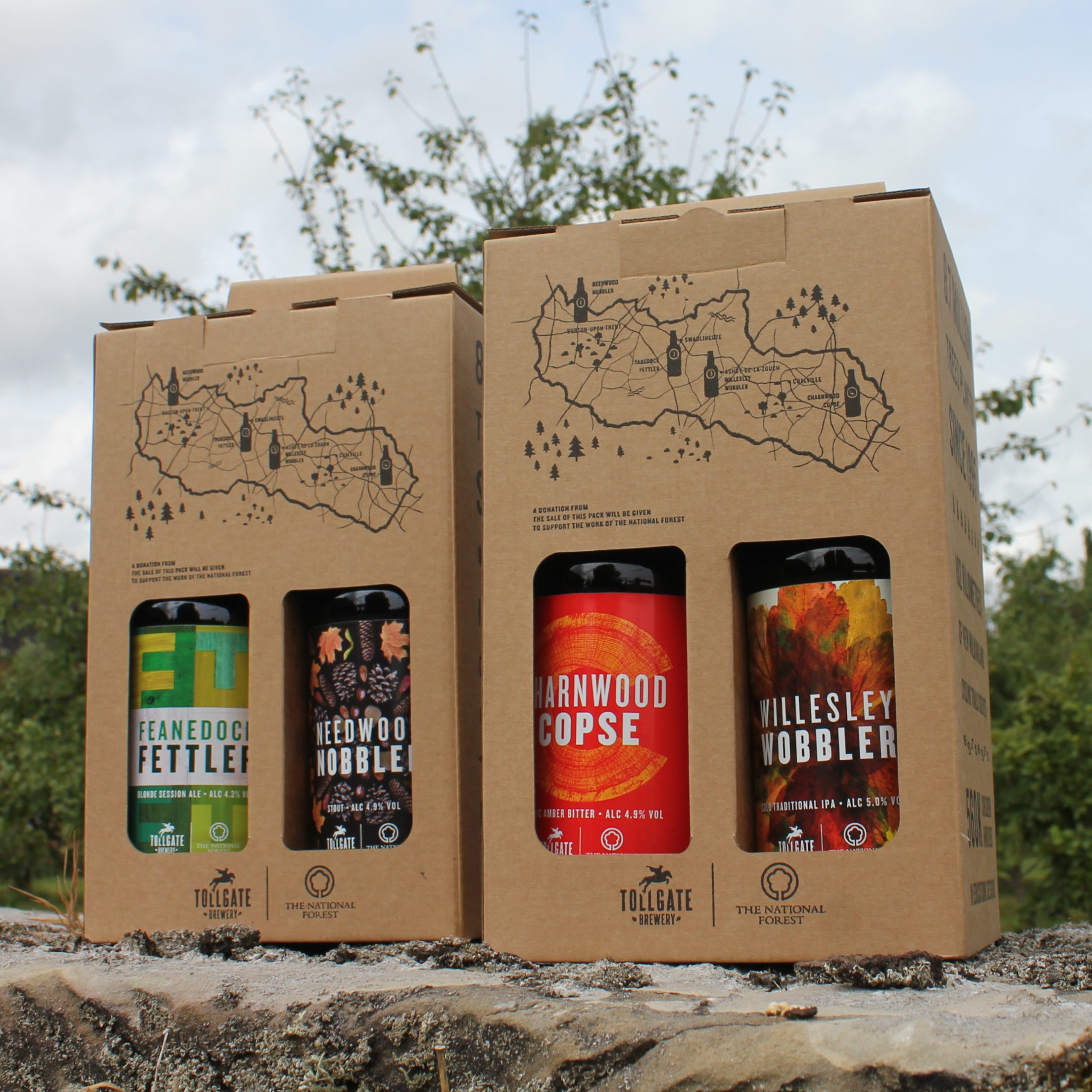The arrival of spring was so significant to the ancient Celtic people that it was given three festivals. Spring Equinox, the middle of the three, is at the balance point between the extremes that are found at the winter and summer solstices, and the equinox or ‘equal night’ is when the natural harmonies between day and night, male and female, death and re-birth are celebrated. From this time forward, there will be more daytime than night time, the spring sunlight is gaining strength and everything is rushing out of hibernation; plants emerging from the soil, animals and people shedding winter coats.
In pagan mythology, the growing daylight is evidence of the God and Goddess changing into young adulthood. The Goddess is coming into the full power of her Maiden aspect as the earth becomes warmer and more fertile. The Goddess most closely connected with spring in the Northern hemisphere is Eostre, or Ostara, which is where the word ‘Easter’ comes from. She is associated with the hare, and with eggs which are now given as painted or chocolate gifts. The hare is a symbol of fertility and abundance in her own right, as she can conceive again while pregnant. The association with eggs, apart from their obvious symbol of fertility, is the strange myth that Ostara had a favourite bird that she transformed into an egg-laying hare, who has changed over time to become the Easter Bunny that delivers sweet favours today.
Ostara is also associated with the Birch tree, which is one of the earliest to come into leaf in spring. Birch twigs were traditionally used to make besoms (think of the traditional ‘witches’ broom made of sticks tied to a handle) a favourite for spring cleaning and Birch trees signified new beginnings and birth.
The Alder tree was connected with the spring equinox by the Celts. Alder, like Birch, is monoecious, which means that both male and female flowers are found on the same tree in the form of catkins. Male and female catkins arrive between February and April but look very different to each other. Handily, the male ones are long and pendulous, hence easy to identify! Alder loves to have its feet in water and is often seen along riverbanks. It has the remarkable and prized ability to become stronger when it is emersed in water and was used for bridges and other underwater construction. It was also thought to have a balanced energy between the female, intuitive, receptive (water) characteristics and the male, structured, active, direct (fire) approach to life.
The positive archetypal male energies were honoured alongside those of the goddess at spring equinox in a balanced and harmonious sacred union. The pagan figure of the Green Man, whose leafy-faced origins are lost to myth and legend, represents male virility, life, death and re-birth and is at his most potent in spring. St. Patrick of Ireland, whose feast day is on the 17th of March, represents courage, integrity and faithfulness and is sometimes seen as a ‘crossover’ figure between the pagan and Christian church. And of course, for many people the Easter story of death and re-birth will later be celebrated through the death and resurrection of the Christian figure of Jesus.
Whether it’s attending a church service, going on an Easter egg hunt or overindulging in chocolate eggs and simnel cake there are lots of familiar ways to celebrate spring and Easter tide. There’s also the opportunity to try something different: seeking out an Alder tree and identifying the male and female catkins or seeing how many other monoecious trees you can identify. Spring is a time of wind and wildness, a great time to fly a kite, flag or streamer or just run wild! Have a go at making a traditional broom with fallen birch twigs or create a picture of the Green Man or the Goddess Ostara using forest floor finds of leaves and twigs.
Just before the exuberant energy of spring is about to really take effect, there comes this ideal moment to stand back and reflect, to check if everything in our lives is in balance and make any last-minute adjustments so that we can ride the energy wave that’s coming. The fiery sun is beginning to supercharge the earth and sometimes this forceful, expanding drive towards growth and change can be unsettling and we become ungrounded and ideas, plans and projects can run away with us. A really good way to ground again is to stand with your back to a tree, take some long deep breaths and imagine sending your own imaginary roots down into the earth.
We know that gratitude is good for the soul and for our mental health, and harnessing the spirit-lifting positivity of spring can be helpful in taking an inventory of everything that is good in our lives. Honouring and being thankful is an essential part of all the celebrations that have been fleetingly described here over the last 12 months. And so, along with counting my own personal blessings this spring tide, I will honour the wonderous interaction between sun and earth whose exquisitely balanced spiral around the wheel of the year brings forth life and death and re-birth in an endless Celtic knot of possibilities.
Karen Jacks is a retired Occupational Therapist who has worked for the NHS for 35 years. After retiring in 2018 Karen found daily life a bit bewildering after losing the structure and rhythms that are imposed on life by working full time and having a family. She says ‘I started to look towards the more natural cycles of life, like the phases of the moon and the pattern of the seasons and that led me via lots of routes to the idea of wheel of the year, which divides the earths annual cycle into eight divisions. I have found a beautiful connection, between the wisdom and beliefs of the old ways, which are grounded in living observations of the Earth’s natural cycles, to the changes in thoughts, emotions and energy levels I experience throughout the year. It has been hugely enlightening and reassuring, in an era when everything is online and changes happen so fast, the Earths rhythms and cycles are basically the same now as they ever were’.
Karen lives in Nottinghamshire with her husband and has two grown up children. She has just started to teach Tai Ji after long years of practice and her favourite place in the world is Beresford Dale in the Peak District.
Do you have a story or experience you would like to share? From poetry to personal stories, we would love to hear from you and your experiences of nature and the National Forest. Email us at stories@nationalforest.org



